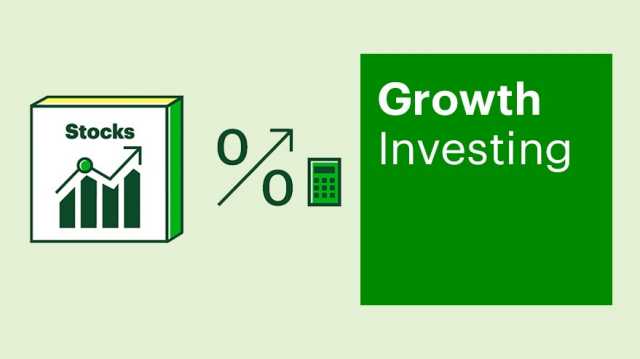Growth investing in India is a dynamic strategy focused on companies with strong future potential. By targeting firms with high revenue or profit growth, investors aim for outsized returns. Growth investing is thus thriving among investors. What drives it, and is it for you? Let’s break it down.
What Is Growth Investing?
Growth investing in India focuses on identifying companies with strong potential for above-average earnings and revenue growth. This strategy is particularly appealing in a rapidly developing economy like India, where sectors such as technology, renewable energy, and healthcare are experiencing significant expansion. In 2024, India’s equity market capitalization reached ₹445.2 lakh crore, thus reflecting a 14.2% year-over-year growth . This growth is driven by increasing retail investor participation and also a favorable macroeconomic environment.
Benefits: High Returns and Innovation
Growth investing offers the potential for exponential gains. Companies like Nykaa or Infosys, with strong revenue growth, drive portfolio value. In 2024, growth funds returned 16% amid a tech rally, per the Economic Times, thus beating value funds (10%). Investing in innovative sectors aligns with India’s digital boom—UPI transactions hit ₹200 trillion, per IBEF. In addition, SIPs in growth funds make it accessible for long-term wealth creation.
Risks and Taxation:
This comes with volatility. High-valuation stocks crash when earnings disappoint—a 5% Nifty dip in 2024 hit growth stocks by 8%, per IBEF. Overpaying for hype risks losses, and 25% of growth funds lagged benchmarks in 2024, per S&P SPIVA. Taxation follows equity rules: 20% short-term gains (under 1 year), 12.5% long-term (over ₹1.25 lakh). Moreover, expense ratios (1-2% for active funds) can cut returns, per Value Research.
Who Should Invest:
Growth investing in India suits risk-tolerant investors with 7+ year horizons, like young professionals or aggressive savers. It’s ideal for those betting on India’s growth story—GDP grew 7% in 2024, per IBEF. In 2024, equity inflows hit ₹2.2 lakh crore, per IBEF, with growth funds leading. Check fund holdings and manager track records before investing.
Conclusion:
In conclusion, growth investing in India offers high rewards for those embracing risk and innovation. By adopting a strategic approach and focusing on high-growth industries, investors can thus position themselves to benefit from India’s long-term economic expansion. Ready to chase growth? Explore more investment insights now!
– Ketaki Dandekar (Team Arthology)
Read more about Growth Investing here – https://www.investopedia.com/growth.asp
